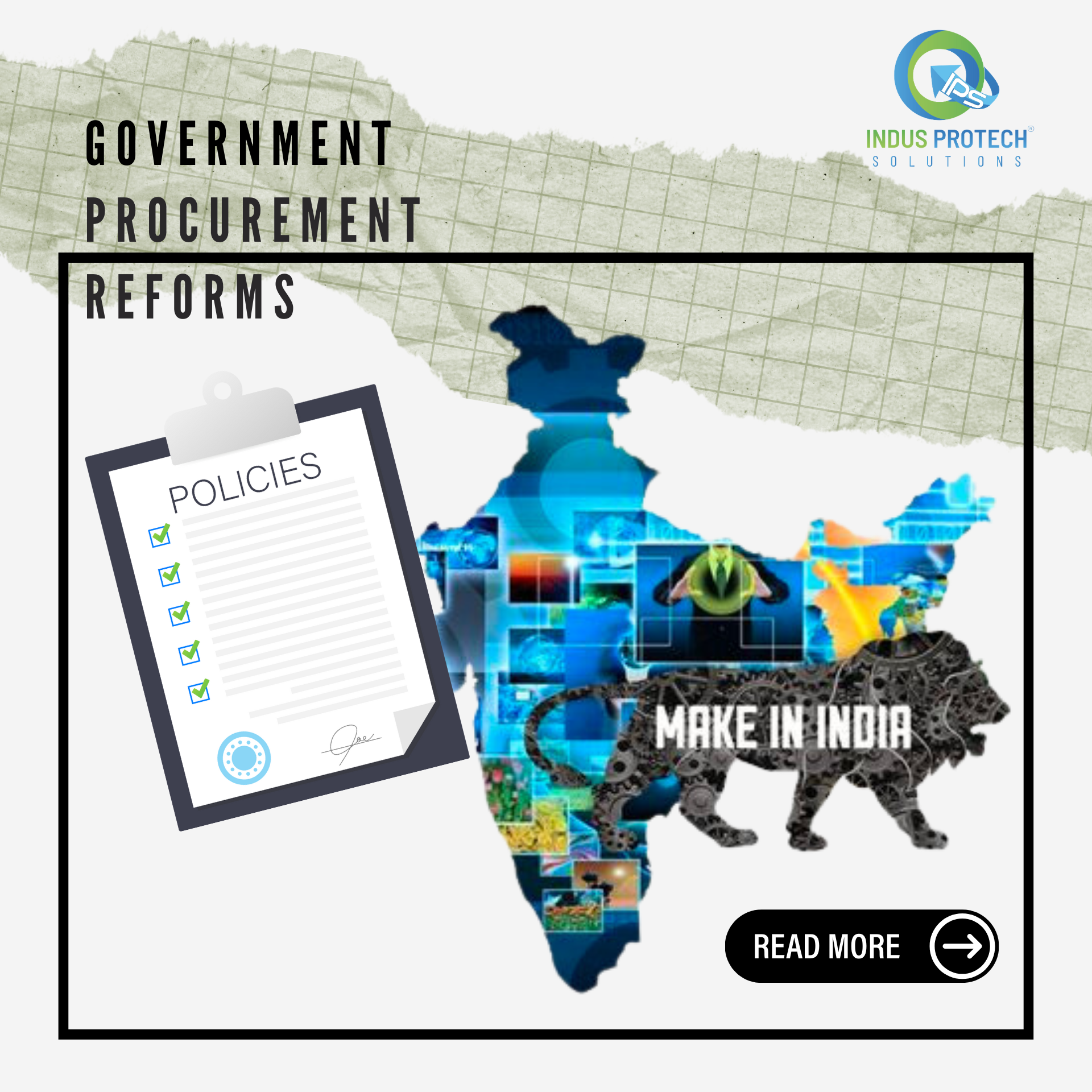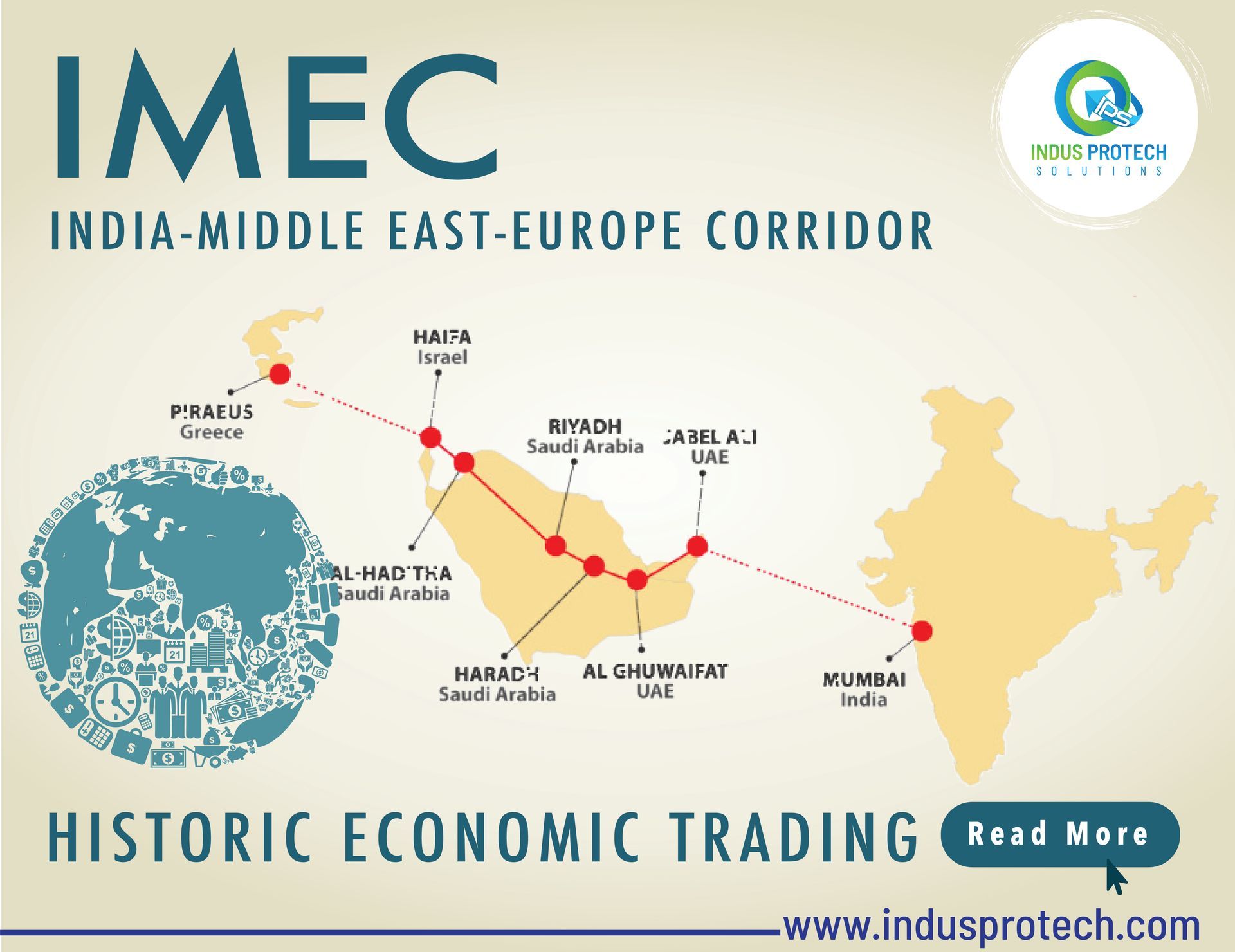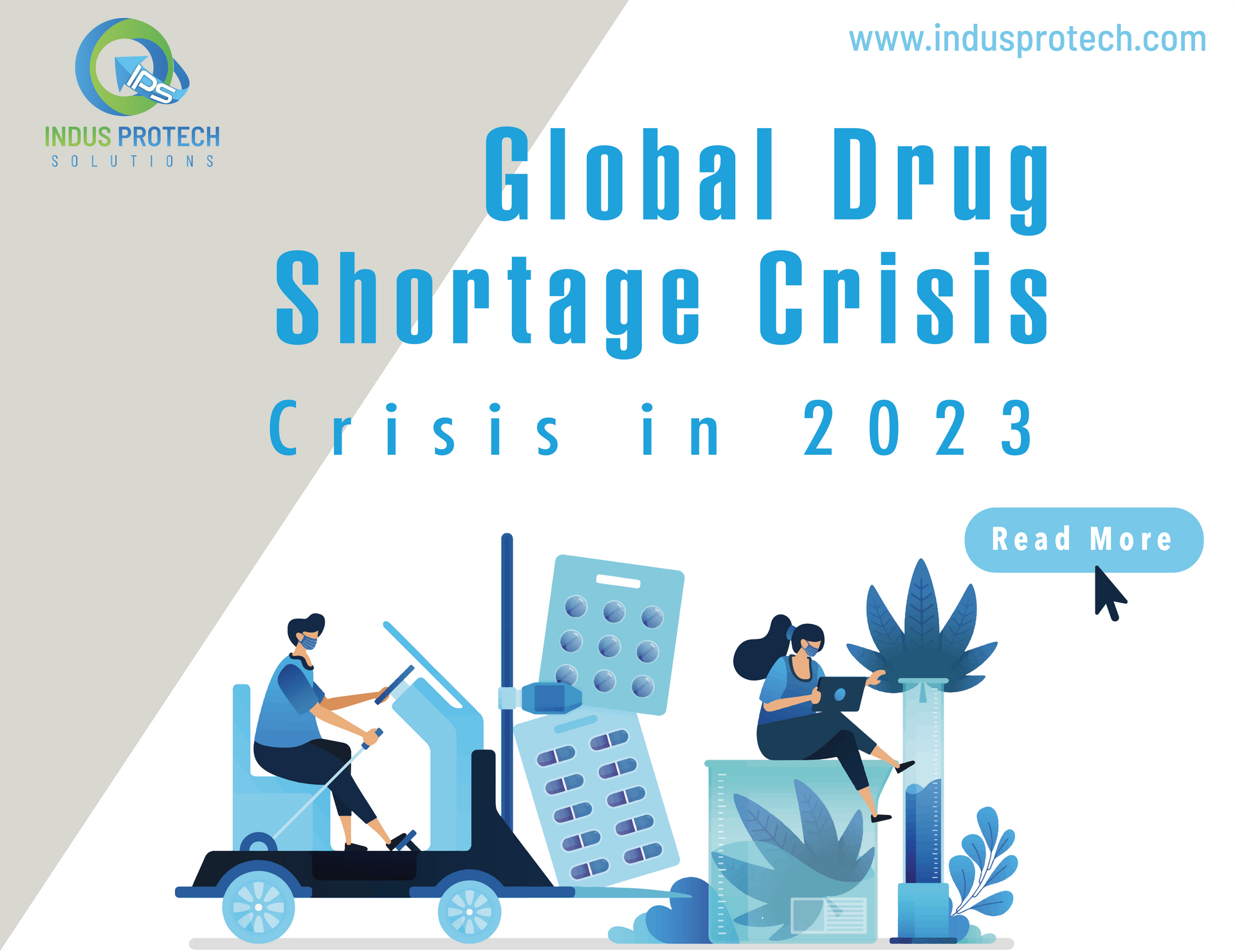For Enqiury Please E-Mail to info@indusprotech.com. Reach us at +91 44-22 511 522
For Enqiury Please E-Mail to info@indusprotech.com Reach us at +91 9360558441
An Overview of India’s Role in Global Supply Chains

India, the land of diversity and culture, has become a major player in the global supply chain. The country's rapidly growing economy and improving infrastructure have made it an attractive destination for global businesses looking to diversify their supply chains. With the Indian government's initiatives to promote trade and the country's growing trade relations with other countries, India is poised to become a leading player in the global supply chain in the years to come. In this blog, we will take a closer look at India's role in the global supply chain and provide insights into its various industries.
Automobile Industry
India's automotive industry has been rapidly growing, and it has become an important player in the global supply chain. India is the fifth-largest automobile producer in the world and the largest manufacturer of two-wheelers. The automotive industry in India is expected to reach $300 billion by 2026, with significant growth opportunities in electric vehicles (EVs).
Several global automotive companies have established manufacturing plants in India.
These companies have leveraged India's skilled workforce and low labour costs to manufacture vehicles for both the domestic and export markets. By 2023, the Indian government anticipates that the automobile industry will draw in investments from both domestic and foreign sources, totalling between US$8-10 billion.
The Indian government has launched several initiatives to boost the automotive industry, including the National Automotive Policy, which aims to make India a hub for design, engineering, and manufacturing of automobiles. Additionally, India has signed several free trade agreements (FTAs) with countries like Japan and South Korea, which have opened up new markets for Indian auto component manufacturers.
Pharmaceutical Industry
India is the world's largest supplier of generic drugs and vaccines, accounting for 20% of the global supply. Between April 2000 and June 2022, foreign direct investment (FDI) in the Indian drugs and pharmaceutical industry amounted to US$19.90 billion. As of September 2022, Indian drug and pharmaceutical exports were valued at US$2,196.32 million.
India's pharmaceutical industry has a significant role in the global supply chain, especially during the COVID-19 pandemic. India has been a major supplier of essential drugs and vaccines to several countries, including the United States, Europe, and Africa. The Indian pharmaceutical industry is responsible for producing and supplying more than 50% of the vaccines required globally, 40% of the generic medicines needed in the United States, and 25% of all medications used in the United Kingdom.
India's pharmaceutical industry is expected to reach $120 billion by 2030, with significant growth opportunities in the biopharmaceuticals and biosimilar segments. The Indian government has announced several initiatives to support the growth of the pharmaceutical industry, such as the Pharma Vision 2020, which aims to make India a global leader in the pharmaceutical industry.
India's influence extends across the entire value chain, with Indian pharmaceutical businesses dominating both formulations and APIs. The third-largest API industry in the world is located in India, and roughly 57% of its APIs are included on the WHO's pre-qualified list.

Textile Industry
India's textile industry has been a significant player in the global supply chain, providing textiles and clothing to several countries across the world. India is the second-largest producer of textiles and the largest producer of cotton in the world. The textile industry is anticipated to reach US$190 billion by 2025-26. India's share of the global textiles and apparel trade is 4% with significant growth opportunities in areas such as technical textiles and sustainable textiles.
The industry has a promising future due to robust domestic consumption and growing export demand. In response to the pandemic, there has been an increase in demand for technical textiles such as personal protective equipment (PPE) suits and equipment. As a result, the Indian government is supporting the industry by providing funding and machinery sponsorships. Furthermore, various major initiatives are underway to boost the country's technical textile sector. Leading companies in the industry are focusing on sustainability by producing textiles made from natural and recyclable materials.
Agriculture Industry
India is one of the world's largest producers of agricultural products, with the country being the second-largest producer of wheat and rice, and the largest producer of spices, pulses, and tea. The agriculture industry in India is estimated to be worth $574 billion and is expected to grow at a CAGR of 7.5% from 2021 to 2026.
India has been a major exporter of agricultural products, with the United States, China, and Bangladesh being the largest markets. The Indian government has launched several initiatives to boost the agriculture sector, including the Pradhan Mantri Fasal Bima Yojana, which provides insurance coverage and financial assistance to farmers in case of crop failure.
India’s efforts to strengthen manufacturing and counterbalance China
India is being seen as a possible counterbalance to China due to several positive indicators. The Indian government's emphasis on infrastructure development and efforts to enhance the logistics sector are viewed as a strategy to position India as a manufacturing hub, potentially offering an alternative to China's dominance in this field. The National Logistics Policy was launched by India in September with the objective of strengthening the supply chain.
India has taken various steps to challenge China's manufacturing dominance, such as liberalizing FDI regulations, introducing a PLI scheme, and making amendments to labour laws. The manufacturing sector saw a 75% growth rate, accounting for 27% of total FDI inflow in FY22. India has also witnessed an increase in the number of FDI projects, making it the world's fastest-growing economy.
India's emergence as a major player in the global supply chain is a testament to its resilience and capability. The country's initiatives to promote trade and ease of doing business have been well-received by the international community, and India's role in the global supply chain is only set to grow. As India continues to expand its reach, we can only imagine the exciting possibilities that lie ahead.

E-Subscribe to Newsletter content
We will get back to you as soon as possible.
Please try again later.










